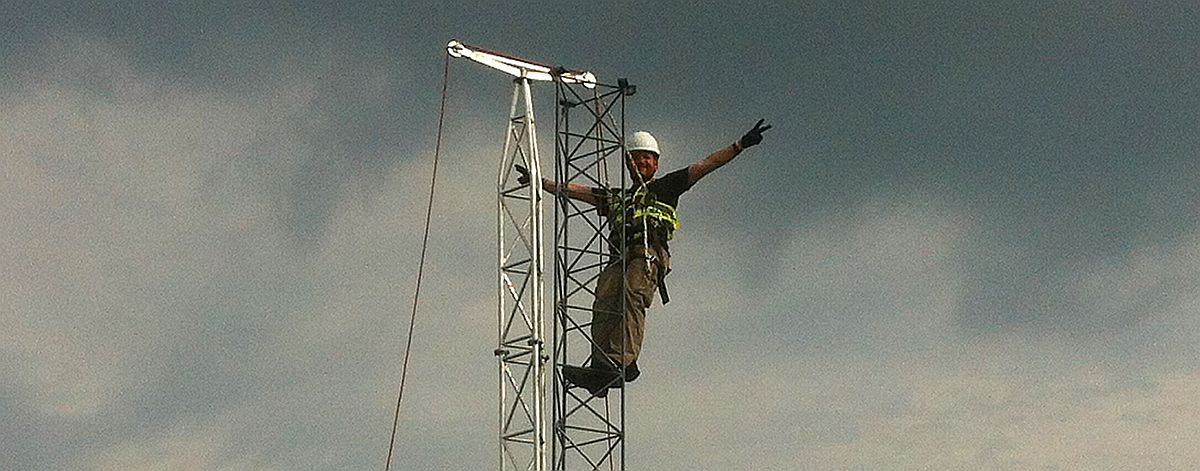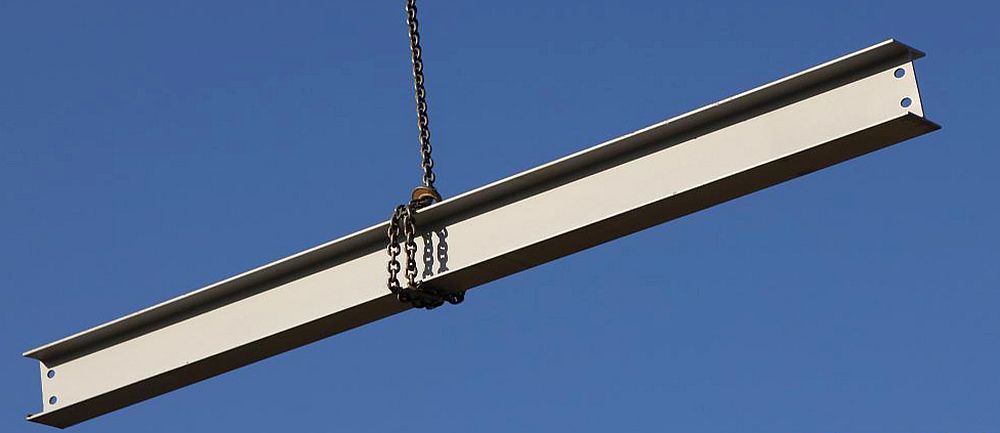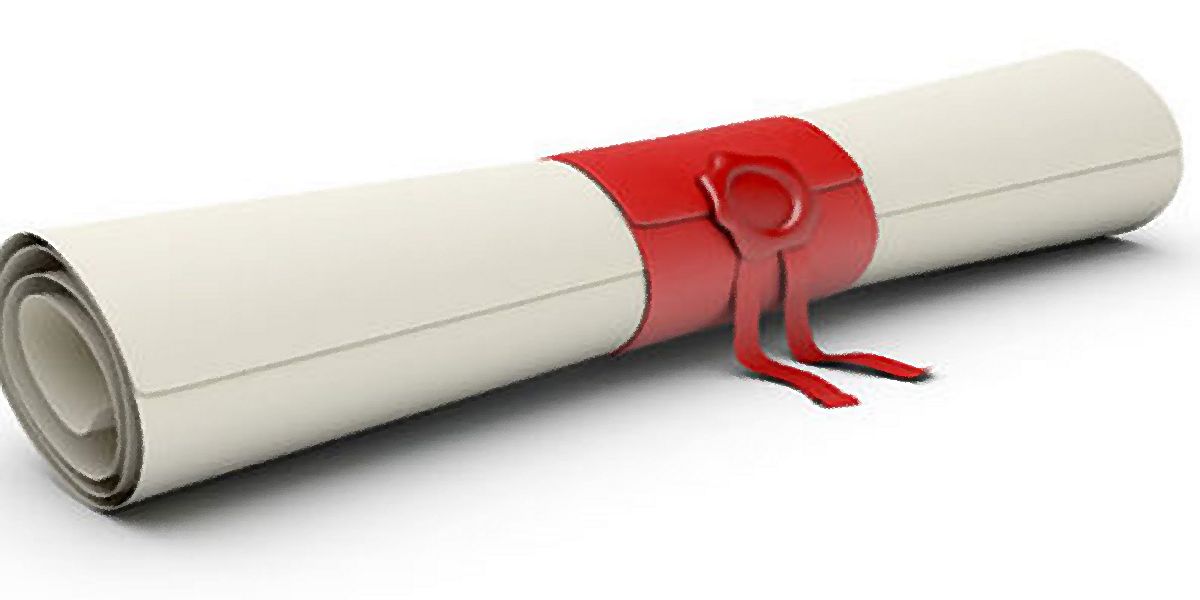Masts and towers, both aluminum and steel are constuctions of high risk. Damage may cost loss in property or even life, so it is good to service your mast before it breaks.
Aluminum masts are resistant to corrosion, but not so much to frost cracking. Once each year, in spring preferably, qualified personel should chceck for any signs of frost damage. Any cracks found shall be welded, some poles echanged for new, and drainage patented. Altruss masts are well prepared to handle unwanted water, so less prone to frost cracking.
Second issue – guy wires. In older installations it was usual to use 3 mm wires. Most of them were zinc-plated years ago and now are very fragile because of corrosion. We recommend usage of good quality guy-wires 1×19 type, minumum 4 mm made in Europe – even for smallest masts.
Third thing is guy wire tension – this has to be corrected due to natural wire wear that results in wire lenght increase. Always chceck with mast producer what amount of tension shall be used. If possible measure it (some tensors have a gauge for this).
Aluminum towers are much more robust and require less work. All that has to be checked is: signs of frost cracking and corrosion to the bolts. Once in 5-10 years a verticality check is suggested (done by land surveyor). As gound under the towers settles unevenly the whole tower may change its centre of gravity. This can be changed with correction rings.
In case of steel constructions a anti-corrosion checek must be conducted, and any stained spots must be repaired. During u-bolts change (and other metal on metal components as well) we shall take under consideration electrochemical potential of used materials. High difference here may lead to amazingly quick corrosion that may be dangerous for the structure rigidity.




